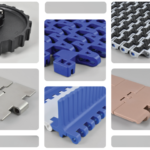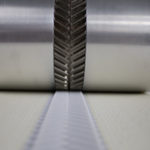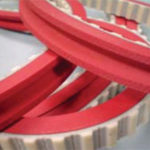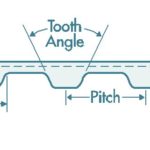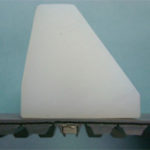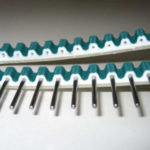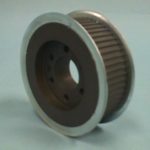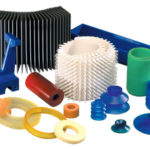
Types of Automated Conveyor Systems
Automation has improved all industries, especially with conveyor systems.
According to Thomas Net:
“Since the advent of the assembly line, conveyor systems have been mainstays of factories and warehouses alike for transporting materials along the production path or storage facilities. Conveyance systems can be very basic, such as rolling pin-style conveyor belts, which rely on momentum built up from slopes to transport materials. However, conveyance systems can also be entirely mechanized and automated for the transportation of heavier materials and for interaction with automated production lines. There are several of these types of conveyor systems available for a considerable range of applications.
Use of Conveyors
“Conveyors are used because they are fairly easy to design and maintain, and the variety of conveyor systems available allows for them to fulfill different roles. In production plants with assembly lines, a standard belt conveyor can often be a simple method of transporting goods along the production line, a much more efficient solution than manually transporting equipment or materials to each production station one-by-one. Conveyor systems are even chosen above other mechanized or automated methods of conveyance, such as forklifts, because they are much safer and workers do not require training to operate the systems. On top of these cost- and labor-saving benefits, conveyors also provide customizable flexibility, leading to their use in many situations.
“It is important to keep in mind when employing a conveyor system that the continuous motion and operation of the system can lead to wear and tear, thus requiring system maintenance. Maintenance can be as simple as replacing belts, oiling shafts, and cleaning out gears. However, the costs saved by using a conveyor system usually defray maintenance costs.
Types of Conveyor Systems
“Numerous conveyor systems can are employed in standard applications. Common automated conveyor systems are listed and described below:
Belt Conveyor
“Consisting of a looped belt of metal or rubber linked sections, belt conveyors are some of the most common type of conveyor systems. They are found in applications such as airport luggage carousels.
Screw Conveyor
“A screw conveyor is a large screw that transports materials by turning. As the screw turns, material follows the direction of revolution to the area of transportation. A very early type of screw conveyor was the Archimedes screw, which was used to transport water for agricultural needs.
Chain Conveyor
“Often used in the auto industry, a chain conveyor consists of a large chain fashioned in a loop around two pulley wheels. As the wheels turn, the chain advances. Most chain conveyors have hooks on the chain links so that large, cumbersome items may be carried and transferred to the next conveyor.
Vibrating Conveyor
“Designed for conveying volatile items or materials with runoff, vibrating conveyors are tilted at a 45 degree angle. This tilt allows the conveyor to sort materials while they’re being transported.
Pneumatic Conveyor
“A pneumatic conveyor uses compressed air or vacuum tubes to push items through a system of tubes or pipes. Pneumatic tubes were used to send messages in offices before the advent of email.”
